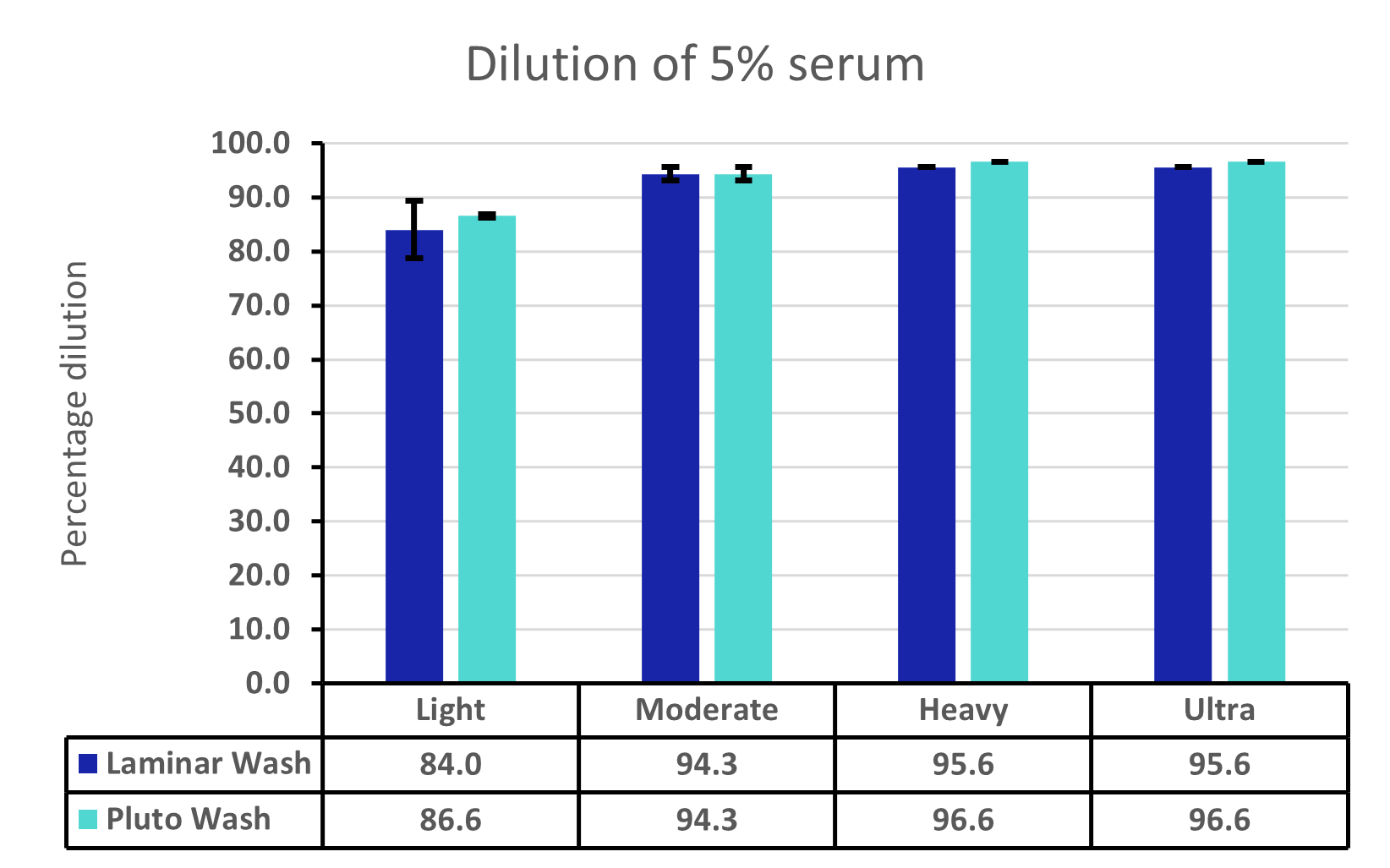

By Melvin Lye, Senior Director of Scientific Affairs
For decades, suspension cell workflows followed a rigid belief: centrifugation and pelleting were the only way to wash cells. This dogma shaped countless assays but also introduced variability, operator fatigue, and cell loss.
Curiox challenged this in 2018 with Laminar Wash™ (LW), proving that by controlling fluid velocity, pelleting was unnecessary. Hundreds of labs have since trusted LW to deliver reproducible results with less variability.
C-FREE™ Pluto Wash (PW) carries this breakthrough forward. By applying the same proven physics to round wells and tubes, it breaks centrifugation’s grip on assay design and makes gentle, reproducible washing accessible in formats labs use every day.
The question is no longer “does it work?” — the physics are clear. The real question is: “What does this continuity mean for how labs validate, transfer, and trust their assays?”
In both cases, the cells aren’t pelleted — they’re preserved. What matters is not the shape of the container but the control of fluid velocity at the interface.

Fig. 1. Wash-out kinetics with serum as an antibody cocktail surrogate
A 5% serum solution in PBS was used as a deliberately challenging mimic of antibody staining cocktails, which often contain high protein concentrations (~0.5 mg/mL stock antibodies and multiple reagents). Residual protein levels after each wash cycle were quantified by UV spectrometry. Both the Curiox Laminar Wash HT2100 (flat plate format) and the Pluto Wash LT (round well/tube format) show near-identical dilution profiles across light, moderate, heavy, and ultra wash modes, with each cycle progressively reducing protein concentration. Error bars represent inter-well variability. While dilution curves for moderate, heavy, and ultra washes appear similar in serum, these higher-intensity wash modes are specifically tuned for more viscous buffers (e.g., Brilliant Stain Buffer) or high-avidity antibody conditions, where stronger exchange ensures that background staining is minimized to acceptable levels.
Labs adopting new technologies often face long validation cycles. With Pluto Wash, that burden is lighter. Because the physics are continuous with LW, a focused “bridge dataset” — PBMCs, whole blood, beads — is sufficient to demonstrate functional continuity.
This isn’t about replacing years of work. It’s about extending proven principles into new lab formats without restarting from zero.
When speaking with partners, one theme repeats: reproducibility matters more than novelty.
Pluto Wash doesn’t solve these by adding new complexity. It reassures by providing continuity — the same physics, the same reproducibility, adapted to familiar formats.

Fig 2. Immune Cell Frequencies Across Centrifugation, LW HT2100, and Pluto ALPHA
This analysis compares major immune cell population frequencies across three workflows: traditional manual centrifuge-based SOP, Laminar Wash HT2100 (flat-plate format), and Pluto ALPHA (C-FREE wash for round wells/tubes). The plot shows strong linear correlations (R² >0.95) between Pluto ALPHA and the established LW HT2100 platform, as well as against the manual SOP reference. The alignment across lymphocyte subsets demonstrates that cell frequencies are preserved regardless of the washing method. These results reinforce that Pluto ALPHA delivers consistent, reproducible outcomes built on the same proven hydrodynamic principle as LW, providing a reliable path forward without requiring reinvention of validated assay designs.
These visuals help illustrate what the physics already explain: PW is not a reinvention, but an evolution.
Pluto Wash isn’t a leap into the unknown. It’s the natural evolution of Laminar Wash™ — the same principle, now designed for the formats labs use every day.
For scientists making late-stage decisions, the reassurance is simple: you are not betting on an unproven system. You are extending what is already trusted.
Adopting Pluto Wash is not about promises. It’s about continuity, reproducibility, and confidence grounded in physics.
Whitepaper
See the side-by-side validation data confirming performance equivalence and reproducibility.